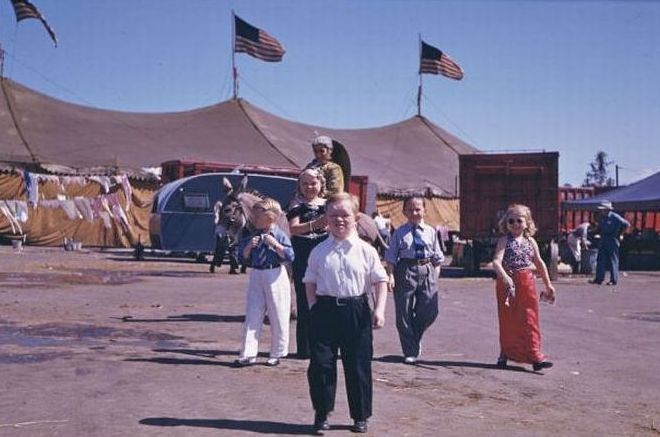|
|
History: United States Of America, 1940
|
In August 2010, the American labor force comprised 154.1 million people. With 21.2 million people, government is the leading field of employment. The largest private employment sector is health care and social assistance, with 16.4 million people. About 12% of workers are unionized, compared to 30% in Western Europe. The World Bank ranks the United States first in the ease of hiring and firing workers. In 2009, the United States had the third highest labor productivity per person in the world, behind Luxembourg and Norway. It was fourth in productivity per hour, behind those two countries and the Netherlands. Compared to Europe, U.S. property and corporate income tax rates are generally higher, while labor and, particularly, consumption tax rates are lower.
Income and human development
According to the United States Census Bureau, the pretax median household income in 2007 was $49,777. The median ranged from $65,469 among Asian American households to $32,584 among African American households. Using purchasing power parity exchange rates, the overall median is similar to the most affluent cluster of developed nations. After declining sharply during the middle of the 20th century, poverty rates have plateaued since the early 1970s, with 11–15% of Americans below the poverty line every year, and 58.5% spending at least one year in poverty between the ages of 25 and 75. In 2009, 43.6 million Americans lived in poverty.
|
|









